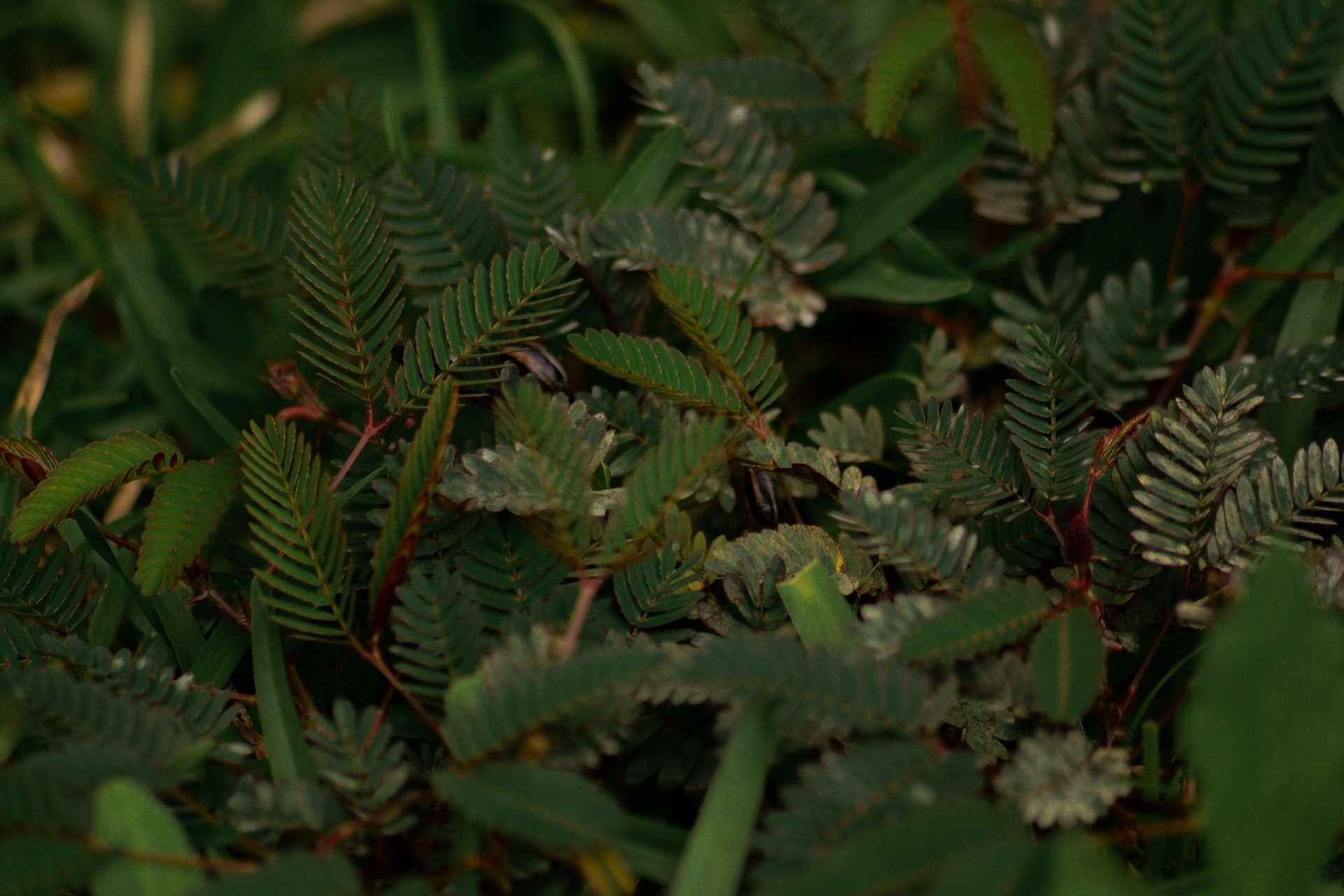Using Mimosa pudica in the Lab
ResourceKnown as the ‘sensitive plant’, these plants are famous for their reaction to touch, collapsing their leaflets when brushed with a finger.
One of the SAPS ‘Star Plants’ for your lab, showing an intriguing example of a plant response to get your students thinking. Follow our care tips below to help the plants flourish in your lab.
Practicals
- Plant responses – a good example of thigmotropism. This plant responds to touch and / or heat by collapsing its leaflets in a dramatic fashion. Practical – Investigating Thigmotropism.
Teaching Topics
- Plant responses
Image Resources
Description
The Sensitive Plant, Mimosa pudica
The plant originates in tropical America, growing within clearings in tropical vegitation. but is now a pan-tropical weed, as well as an intriguing houseplant.
If a leaf is touched, it almost immediately begins to fold in on itself, and the leafstalk droops downwards. This can set off a chain reaction among other nearby leaves. After about half-an-hour, the plant will have returned to its normal state. This is probably an adaptation to discourage predators.
More information about nastic responses of plants is available in our Ask the Experts section (log in to the SAPS Associates area first).
Growing and sourcing
Adapted to: Sunny clearings in damp tropical forests
Obtaining: Mimosa pudica can be bought from good garden centres and plant nurseries, or from online suppliers.
Propagating: Seeds available from suppliers such as Thompson and Morgan. They advise soaking the seed in hot water 60C (140F) for 20 minutes before sowing. Best to sow from late winter to mid spring at 21 – 24C (70-75F) on the surface of a good well-drained seed compost and gently firm compost over seed. Keep the soil damp to touch but not wet. Keep exposed to light, putting in a clear plastic bag after sowing can be helpful. Germination usually takes 21-30 days. When seedlings are large enough for you to handle, transplant into 8cm (3in) and finally 13cm (5in) pots, in John Innes No. 2 compost. Plants are perennial, but most gardeners prefer to treat them as an annual because they do not over-winter well and become less attractive.
Light: Needs bright sunlight for at least three to four hours a day, so it is best kept on or near a bright windowsilll.
Water: Water moderately – allow the top inch of compost to dry out before watering again. Needs high humidity, so keep your plants on a tray of damp gravel.
Temperature: Prefers a warm room.
Feeding: Feed with a liquid houseplant fertiliser (e.g. BabyBio) or a liquid high-potash fertiliser (e.g. Tomorite) in the water every fortnight.
Eventual size: 50cm
